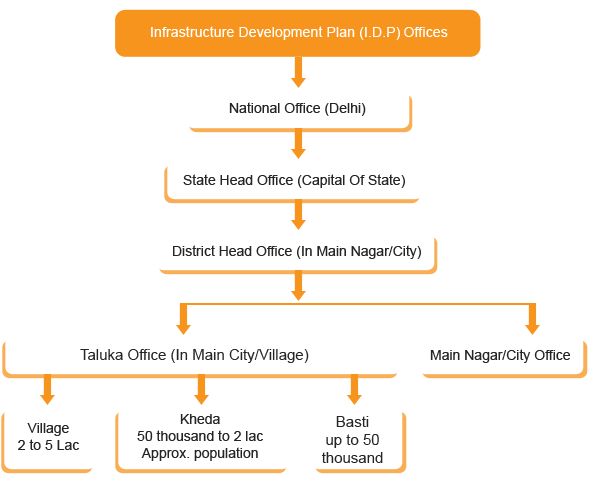Action Plans for Road

Need of an Action Plan for Road Conditions
Action Plan for Roads a huge no. of road accidents in India every day, primarily caused by lack of standardization in the transport systems, undisciplined traffic and poor road conditions. As per the World health organization (W.H.O.)’s report, India tops the nos. in the global fatal accidents since it has the largest no. of 2 wheeler population. Approx. 143,000 people get killed every year in which 66% people are in the age group of 18 – 50. Secondly, more fuel (approx. 14000 million US dollar per year) is being wasted additionally, because of poor infrastructure. In anticipation to minimize the accidents drastically and to save the fuel cost, I have prepared detailed Action Plan for ‘New road and transport of entire India’ which includes innovative ideas and methods of standardization as under.